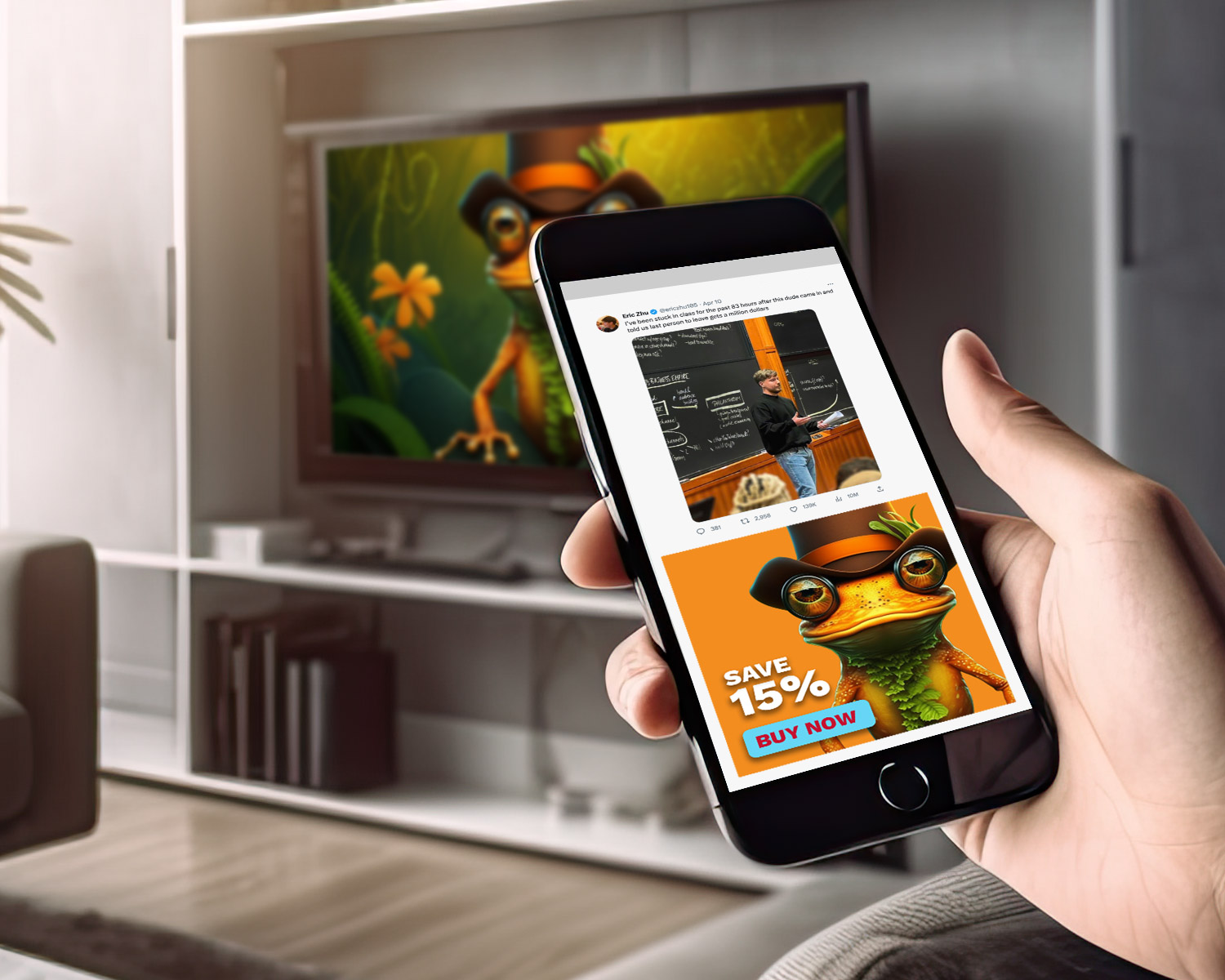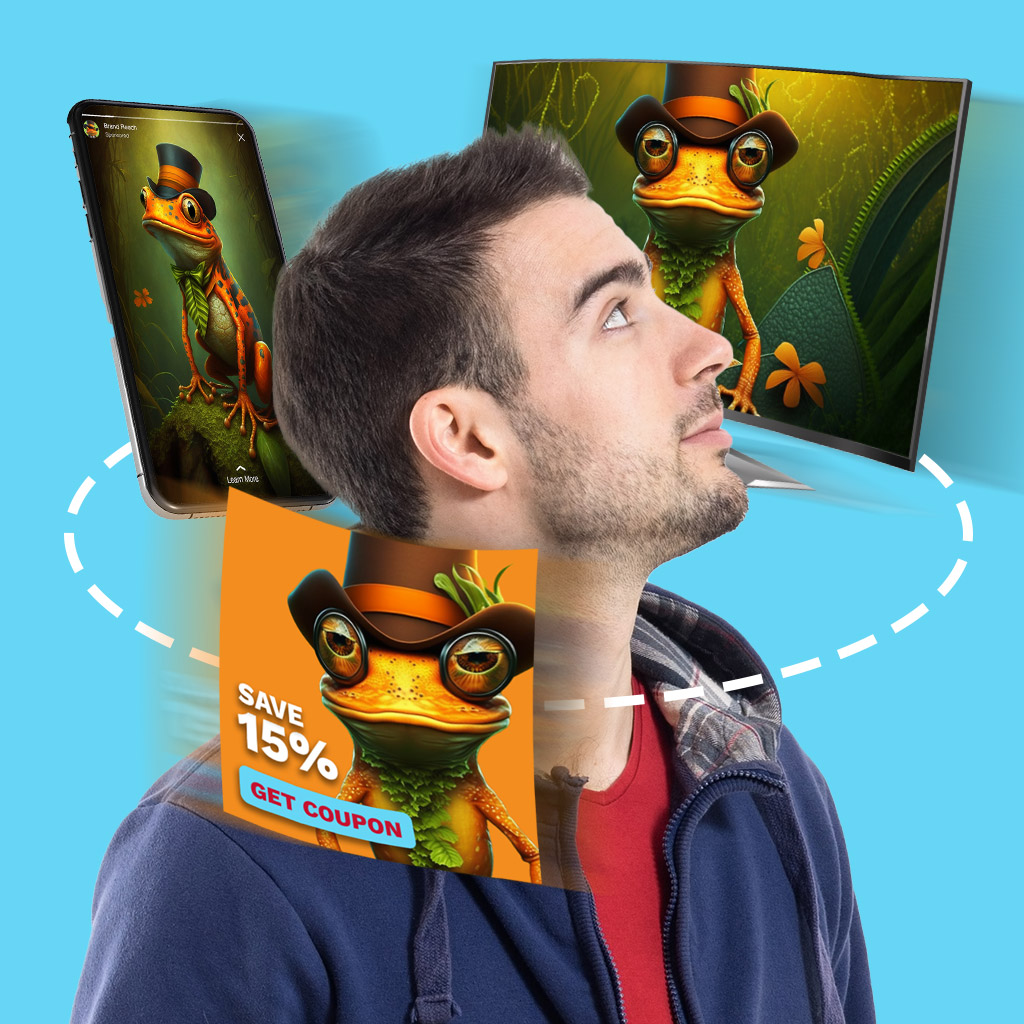
Brand Marketing ~IS~ Performance Marketing
Many consumer brands started out in mass retail channels, which required mass-reach advertising with trade activations to close the sale. As ecommerce has become more popular, these retail brands have added ecom and D2C channels, which require a very different media approach, relying much less on mass reach and more on digital touchpoints.
Many new brands started as D2C and achieved great success with performance marketing tactics utilizing Google, Facebook and CRM. As ecommerce growth has stalled, brands are adding retail channels without fully understanding the profound impact on their marketing — you guessed it — the need for mass reach and building brand awareness to help brands stand out at retail.
As more brands are now both retail and ecommerce, and with marketing funds being tight in our current uncertain economy, how do you serve both channels effectively, given the different marketing approaches?
The following are three simple steps to ensure that all your marketing, including Brand, is contributing to sales (assisted attribution, not last click).
1) Reach and build
We did a quick correlation analysis for a D2C client that showed its sales were more highly correlated with their upper funnel spending than lower funnel. Their minds were blown, but we shifted the mix away from lower funnel, and sure enough, sales and ROAS went up and CPA went down.
From a media perspective, building brand awareness means focusing on reach. From a creative perspective, it is about getting attention and building an emotional connection. Reach, engagement, awareness and emotional connection are all very measurable, and should be. You get what you measure.

From a creative perspective, you will need to carry some elements from your brand marketing into performance marketing to continue that customer’s journey toward purchase. Learn how to get started doing this.
2) Make buying easy
Ultimately, you need to convert that awareness and emotional connection into a sale, whether it’s on the open web, at retail, retailer website, search or social.
There are a couple things you can do to make that easier. Pick the right environments, consumer mindsets and technology that streamline the purchase process.
Examples of each are Chicory, AdAdapted, Aki and SmartCommerce, which are worth a try. In the case of Chicory, it aligns an environment (ex. seeking recipes) with add to cart at key retailers. Aki and AdAdapted align the consumer mindset for buying.

SmartCommerce can make almost any ad into a seamless purchase opportunity wherever and however the consumer prefers. Learn more about generating sales anywhere at anytime.
3) Make your brand and performance media work together
This means make sure everyone on the team, whether it’s organic social, media, creative, shopper … is working together. It’s truly a team effort, so make sure you are investing in your team culture and your client-agency relationship.
There’s no getting around the number of handoffs that have to happen, both with your team and for the consumer. Attention needs to lead to a call to action, which needs to lead to a website or landing page, which leads to an add to cart, now or in a subsequent shopping session.

A well-coordinated team effort will result in a well-coordinated consumer experience. Learn how great relationships make great campaigns.
The point of all this is Brand IS and SHOULD BE considered Performance marketing. Measure brand marketing’s effectiveness just like you would any other media. Awareness is the trickiest to measure. If you have questions on how to measure the impact of brand advertising, organic social or any of your mid-to upper-funnel marketing that is assisting, let’s talk.

